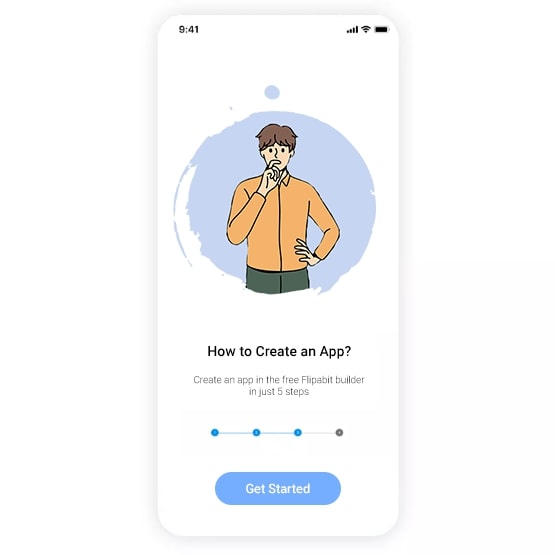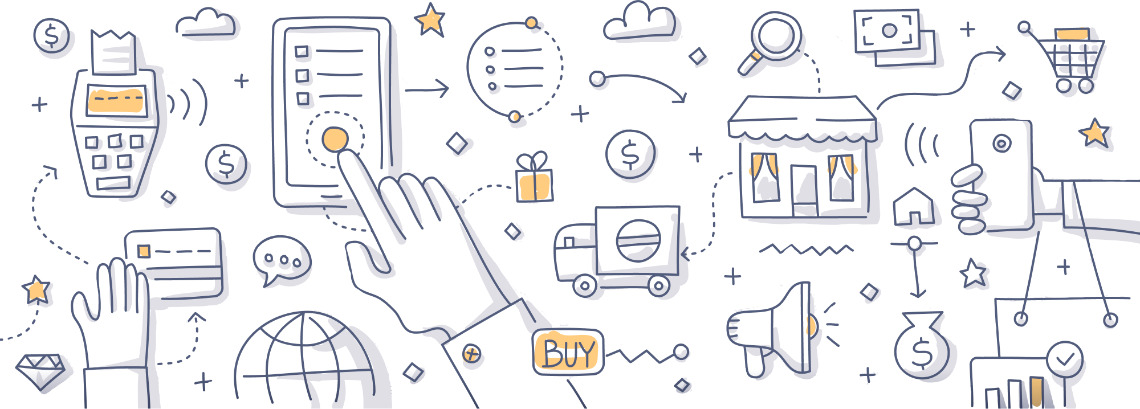The days of meeting up in coffee shops, parks, and shopping malls are long gone. People are increasingly turning to the internet to find their match, and the market for dating apps continues to grow as a result. This is a great opportunity for a developer to grab their share of the online dating industry by creating a successful app for human interactions.


Make a dating app for Android or iOS with the Flipabit following these steps:
Traditional dating apps look like online directories where a user can search for a potential partner by looking through accounts and choosing one they like.
This type of application allows you to search for matches in a specific geographical area.
Algorithms compare users profiles in the database and suggest matches based on gender, age, interests and other parameters.
As the name would suggest, niche apps appeal to the dating scene of a very specific, narrow demographic. Targeting a specific niche can be an attractive option for a developer due to low competition.
In addition to basic features like profiles, text messages, and filters, when creating a dating app, you should plan to add the following features and functions.
Dating in your own area is much more convenient and enjoyable than doing it at the other end of the city. By using geolocation, analytics, and profile curation, the app can find suitable candidates nearby.
Most dating apps are based on compatibility algorithms. Couples can be matched by age, gender, goals, interests, work, romantic preferences, and other search criteria. Machine learning helps the algorithms adapt to unsuccessful and successful matches, allowing them to make better suggestions by improving their quality and accuracy.
Dating apps are social apps, so the way people interact is worth paying attention to. Chat allows for more diverse communication so users can get to know each other before meeting in real life.
Swiping is the fastest and most convenient way to view potential matches. For example, Badoo has two screens, one for people in the area, and the other for Tinder-style swipes.
Users are notified about matches, private messages, profile likes, and other important events. They don't have to log into the app regularly to see activity. This approach increases product loyalty.
In-app games help relieve some of the pressure of online dating so that even the shyest of users can continue engaging and communicating. And since games are a rare feature in dating apps, this is where you can get creative.
Users can share songs or playlists they like with other users on social media. For example, by posting it in stories or on their wall.

Within a dating app, you can charge a fee to send virtual flowers, cards, and other virtual gifts. This monetization option is easy to implement and can become a stable source of additional income in the application.
The basic functions are free, but additional ones must be paid for. Alternatively, some restrictions can be removed for a fee. If you're planning to build an app like Tinder, you might find it interesting that Tinder only allows 25 free swipes per day, but by purchasing Tinder Plus, the user gets unlimited swipes.
Having a paid subscription means that the app can be used for a certain period of time, usually a month or a year. Mandatory payment presents an important threshold for entry. This cuts down on the number of scammers and fake profiles. In the long run, this approach can significantly increase your dating app’s credibility.
For a higher fee, the user receives a VIP-status, which raises their profile in the search results, expands the functionality, and offers more accurate matching or more opportunities for anonymity.
Referral links in the application take the user to websites that advertise jewelry, flowers, and more. For each referral, the application owner receives a certain percentage of the profit.
Despite growing competition from Bumble and Badoo, Tinder achieved some impressive results.
Total revenues reaching $10.3 billion by 2026
Total downloads of one of the most popular dating apps
The number of active users per month
A dating app is a service that makes it possible to quickly find and establish a connection with someone, learn about their interests, and decide whether each party would like to meet offline.
One of the key reasons why dating apps are so popular is because they allow people to “get a feel” for each other before actually meeting in person. Other important advantages include:
Plus, it's the perfect solution for introverts.
Security. The popularization of dating apps has led to new opportunities and methods for stalking. Therefore, a service should protect personal data from being leaked, verify users during registration, and provide an anonymous search feature.
Black List. This enables blocking of unwanted, aggressive users who won’t take NO for an answer.
Ability to Find Out Who Likes You. Dating can be time-consuming. By being able to find out who likes you ahead of time, each user can maximize their experience on the app.
Undoing Accidental Swipes. Sometimes people change their minds. That’s why they should have the opportunity to cancel a swipe for at least a few seconds.
No Inappropriate Content. The ideal dating app will recognize and censor inappropriate photos even before the message is delivered.
See how Flipabit can help you create an app you'll love
The Flipabit App Maker lets you build an online directory or location-based dating platform. With features to increase users engagement and powerful monetization tools, it's easy to create a successful dating app.